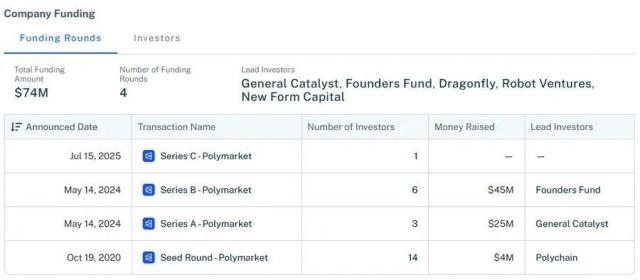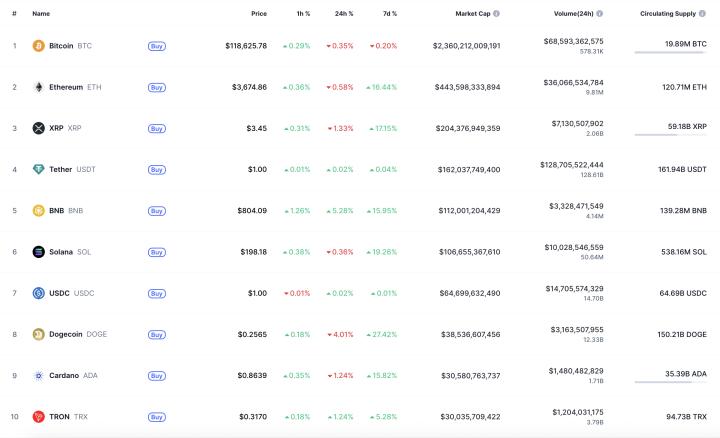- Major economic regions such as the United States, Europe, and Hong Kong are progressively advancing stablecoin legislation, with regulatory pathways becoming increasingly clear;
- Traditional financial and tech giants like JPMorgan, BlackRock, PayPal, JD.com, and Ant Group are all entering the field;
- Circle, the parent company of USDC, successfully went public in the US, igniting capital market imagination about stablecoins;
- Users in countries with high inflation (such as Argentina, Turkey, and Nigeria) view it as a "digital dollar" hedge tool;
- Emerging scenarios like DeFi, RWA, and payment settlements continue to inject actual demand into stablecoins.
From on-chain activity, the global monthly active stablecoin addresses currently exceed 30 million, with total on-chain holding addresses breaking through 168 million. According to Visa data, after excluding robot and exchange wallets, real user-driven transactions have increased from less than 15% in 2023 to around 22% currently, with user structure gradually transitioning from arbitrage robots to enterprises and retail investors.
From Circle to JD.com, Stablecoins Enter the "Mainstream Battlefield"
The role of stablecoins is upgrading from a "trading hedge anchor" to a "mainstream digital financial asset". Since this year, global tech giants and financial institutions have been increasing their stablecoin layouts:
- Circle's Listing: Stablecoin issuer Circle successfully listed on US stocks, with market value briefly approaching 100 billion yuan, becoming the first "quasi-systemic financial company" in the stablecoin industry;
- PayPal and Visa Integrate Stablecoin Settlement: PayPal launched PYUSD stablecoin and went live on high-performance public chains like Solana; Visa and Worldpay introduced USDC in B2B settlements;
- JD.com and Ant Group Enter Hong Kong Stablecoin Market: JD.com's stablecoin has entered Hong Kong's regulatory sandbox testing phase, with application scenarios including cross-border payments, investment trading, and consumption settlements;

- Shopify and Walmart Support Stablecoin Payments: Retail giants are promoting direct stablecoin usage for online retail payments through collaborations with Stripe and Coinbase;
- High Growth of Emerging Public Chains: New public chains like Base and Solana attract massive stablecoin deployments with low fees and high scalability, with Solana's stablecoin market value growing over 600% this year.
The joint push from traditional finance, internet platforms, and crypto-native forces is upgrading stablecoins from "crypto-specific settlement tools" to widely usable digital payment intermediaries, also raising higher requirements for their regulatory compliance.
Structural Uncertainties Exist Behind the Scale Boom
However, behind the hot market performance, stablecoins also face numerous structural challenges and controversies.
First is the "real usage scale" issue. The report points out that although the total stablecoin transfer amount reaches 36 trillion dollars, 70-80% consists of "virtual traffic" from robots and exchange internal transfers, with the actual C-end or enterprise-side usage scale still needing further exploration and definition.
Second is the "anchoring mechanism and transparency" issue. While USDT leads the industry, it has not published a complete audit report from the "Big Four accounting firms", with its reserve asset structure and risk exposure being long-term market controversy; although USDC is more transparent and compliant, it still lags behind USDT in application popularity and ecosystem integration.
Additionally, regulatory policies between countries still have differences and negotiations, with some regions not yet opening stablecoin usage, while some markets (like Hong Kong and Singapore) actively take on the role of institutional innovation experimental fields.

It's worth noting that the US GENIUS Act has clearly defined stablecoins as non-securities, prohibited algorithmic stablecoins, and required 100% reserve funds in high-liquidity assets (such as cash and short-term US Treasury bonds). If this legislation takes effect, it will profoundly affect the existing mainstream stablecoins' operational logic and global compliance structure.
Report Highlights: Comprehensive Perspective of Stablecoin Evolution from Six Dimensions
This report, jointly released by PANews and the Mobile Payment Network, uses on-chain statistics, classification tracking, and cross-verification of public information to comprehensively review stablecoin development, covering six dimensions:
- Development History: From BitUSD to USDT, DAI, USDC, reviewing the ten-year stablecoin evolution path;
- Market Landscape: Detailed explanation of the "USDT+USDC" duopoly structure, public chain issuance distribution, monthly active user trends, and other core data;
- Application Scenarios: Focusing on stablecoins' key roles in cross-border payments, DeFi, retail payments, and RWA;
- Global Regulation: Systematically organizing regulatory dynamics and legislative paths of major economies like China, US, Europe, Hong Kong, Japan, and South Korea;
- Future Potential: Analyzing how stablecoins can become global payment networks, US Treasury purchasing power, and CBDC competitive relationships;
- Risk Warnings: Covering potential challenges like de-pegging, audit transparency, systemic attacks, and money laundering regulation difficulties.

The report also specifically points out that non-US dollar stablecoins are still in early development: Euro stablecoin market value is less than $500 million, while Japanese yen, British pound, and Korean won stablecoins are mostly in the millions, with huge expansion space in the future.
Report download click here.
Disclaimer: As a blockchain information platform, the articles published on this site only represent the personal views of the authors and guests, and are unrelated to Web3Caff's stance. The information in the article is for reference only and does not constitute any investment advice or offer, and please comply with the relevant laws and regulations of your country or region.
Welcome to join the Web3Caff official community: X(Twitter) Account丨Web3Caff Research X(Twitter) Account丨WeChat Reader Group丨WeChat Official Account







